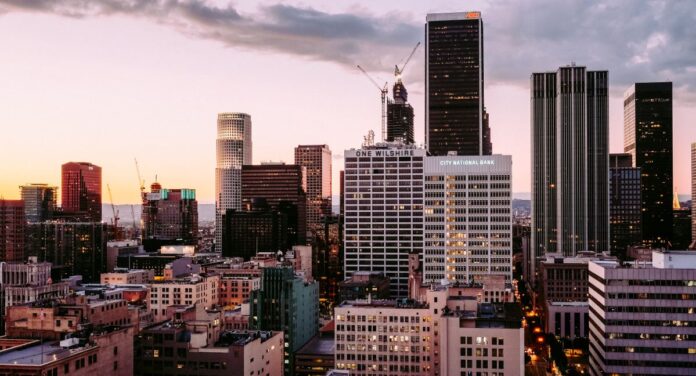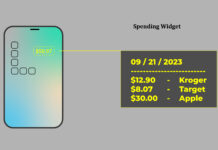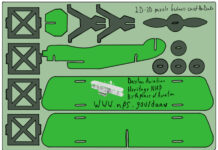Date: 04/05/2017
As consumers — particularly affluent millennials — have moved into America’s urban centers over the past several years, grocers have eagerly followed suit. But while cities offer bright lights and big opportunities, the reality is that breaking into the market is a huge challenge. This is especially true for grocers used to operating in suburbs and rural areas.
And yet, despite the many past failures, retailers like Target and Wal-Mart remain determined to make it in America’s cities.
“With suburbs and small towns already saturated with grocery stores, urban areas are virtually untapped by the big chains,” Ken Morris, principal at Boston Retail Partners, told Food Dive. “There is a large captive audience that is ripe for the picking.”
One of the biggest challenges, even for deep-pocketed companies, is securing real estate in crowded, intensely competitive city centers.
“Most urban markets today are fully developed,” Simmi Jaggi, senior vice president of retail brokerage for real estate firm JLL Group, told Food Dive. “There aren’t vacant lots sitting around waiting to be filled in.”
To break into the market, she said, retailers have to be creative and forward-thinking. Many developers, recognizing the need for food options, will court supermarkets they think could anchor their development. In Los Angeles, the Wilshire La Brea upscale apartment development includes a 12,000-square foot Lassens Natural Foods & Vitamins. Nearby, similar sized Trader Joe’s and Target stores will soon open inside a 15-acre mixed-use development called USC Village.
Analysis
While supermarkets are plentyfull in rural and suburban areas, like this article heavily points out, supermarkets are rarely if even seen in large urban cities where they are challeneged by the lack of urban development sites available. I agree fully that for these larger supermarkets to thrive in an urban enviroment, they have to adapt to their setting and make adjustments to their service models and offerings to make it work. While most people in very crowded cities like New York typically don’t even have easy access to supermarkets and rarely own vehicles to drive around in, it doesn’t mean this can’t change in the future. Many people live in rural or suburban areas that drive far distances to get into bigger cities, so there is still the opportunity to expand on this.
Source
Wells, Jeff. “Bright Lights, Big Challenges: Can Grocery Stores Make It in America’s Cities?” Grocery Dive, 5 Apr. 2017, https://www.grocerydive.com/news/grocery–urban-downtown-grocery-challenges/535260/.




